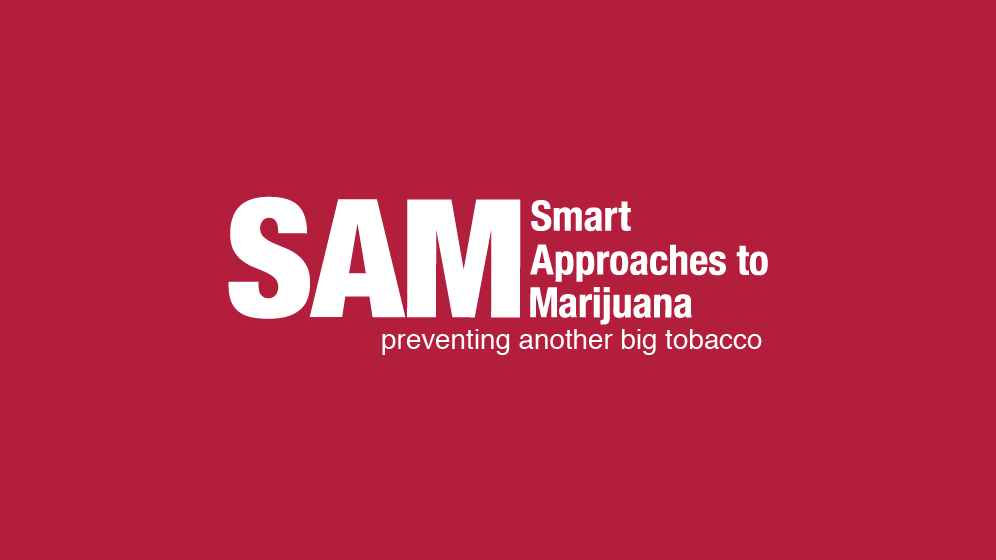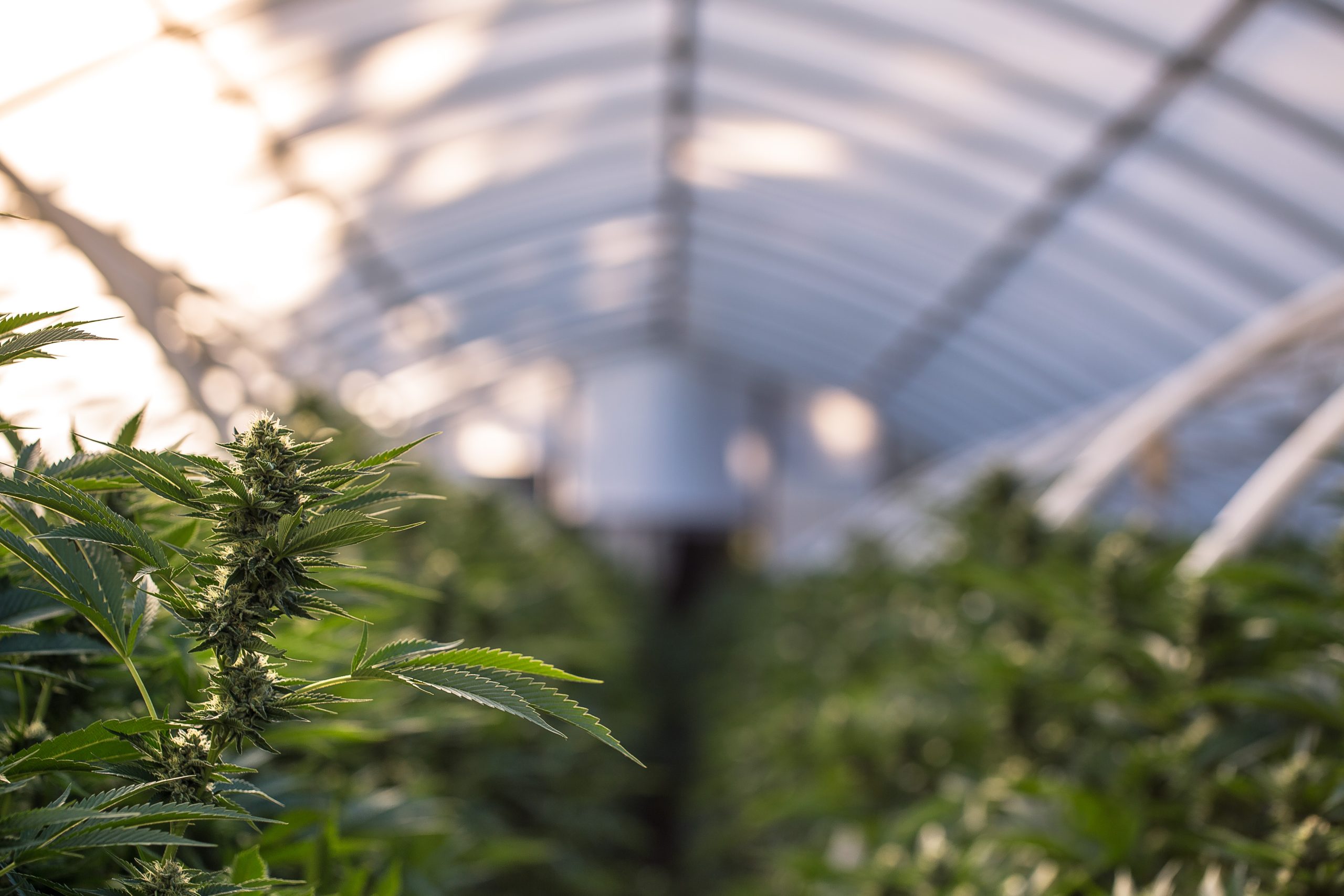
A new study shows that a huge percentage of New York’s estimated revenue from legal pot sales would need to be directed toward costs associated with law enforcement and protecting public safety. Smart Approaches to Marijuana New York (SAM NY), in cooperation with the New York State Sheriffs’ Association, has released a first-of-its-kind study analyzing costs of marijuana legalization on the state’s law enforcement and emergency services agencies and local governments. The report shows upwards of $235 million in potential expenses in the first year alone, more than two-thirds of the state’s expected marijuana tax revenue for the first three years.
According to the report the upfront budgetary costs to law enforcement and emergency services range from $190 to $235 million with ongoing annual costs ranging from $157 to $192 million. The resources would go toward training, equipment and additional personnel to handle the impacts of pot legalization and the resulting increases in use.
Increases in responses to car crashes would cost taxpayers another $44 million in the first 10 years. The total societal costs during the first decade could reach upwards of $388 million in hospitalization charges, $253 million in emergency department visits, and $4.3 billion in the value of lost lives.
“Big Marijuana has told legislators money will basically be falling from the sky if they approve commercial pot. What this study shows is by conservative estimates, just the law enforcement costs of legal pot will require either using much of the state revenue for public safety or local municipalities and property taxpayers getting stuck with a big bill. Policing increased use, drugged driving and a black market that will continue to grow requires hundreds of millions of dollars,” said Dr. Kevin Sabet, president of SAM NY and a former senior drug policy advisor for the Obama Administration.
Sabet points out that the figures are only conservative estimates for the costs to local governments and don’t include education campaigns, mental health, addiction treatment and other social services costs. New York State already has the highest combined tax burden in the nation.
“Industry pot shops on our Main Streets won’t mean big money for the state. The only ones profiting off this addiction-for-profit industry are its wealthy, white investors from Wall Street, Big Tobacco and the alcohol industry. Everyone else will be left to pay for the consequences,” Dr. Sabet continued.
“Those who are supporting marijuana legalization as a money-maker for New York are chasing a pipe-dream,” said Peter Kehoe, Executive Director of the New York State Sheriffs’ Association. “Experiences in other states show that revenues do not meet expectations, and expenses always exceed projections. The increased costs to law enforcement in New York will nearly wipe out any revenue gains. Add to that all the other, mostly local, costs associated with addiction services, mental health programs, medical treatment and social service programs, and all gains go up in smoke.”
The report was researched and written by a former Tax Foundation Senior Economist, and head of State Budget Solutions, a national fiscal policy think tank.
One significant cost driver centers around the training for specialized police officers, commonly known as Advanced Roadside Impaired Driving Enforcement (ARIDE) and Drug Recognition Expert (DRE), who have received training to be able to determine impairment caused by drugs. The study estimates the costs of training hundreds of new ARIDEs and DREs likely to range between $6.3 million and $14.9 million, not including the cost of necessary additional instructors that could add between $14.8 million to $42 million.
New equipment and K9 teams will also be required at significant expense. As the report notes, there is one experimental breathalyzer in the works that is close to commercialization, the Hound Marijuana Breathalyzer (HMB), which would be a dual-purpose device to detect alcohol and marijuana. While predicting how many HMBs may eventually be purchased is difficult, the study places a low bar of the acquisition and cartridges for one device per every ARIDE and DRE statewide at the augmented levels. The resulting costs would be $17.8 million to $19.9 million in initial cost and between $28.3 million and $74.2 million depending upon the rate of cartridges used annually.
Among the biggest cost drivers impacted by legalization relates to the state’s K-9 officers. Because new dogs that are not sensitive to marijuana would be needed, there would remain a need for previously trained dogs still sensitive to marijuana to patrol for black market weed or amounts over and above legal possession. The report estimates that ensuring proper coverage for all of New York’s 514 policing agencies could cost up to $84 million, with annual expenses north of $75 million.
Additionally, the report examined fiscal impact surrounding an increase in car crashes as a result of a greater number of impaired drivers being on the road. Basing calculations upon the increased demands on emergency services in Colorado, New York is likely to see an additional $44 million in spending on EMS, fire, and police from 2018- 2028.
Lastly, the report examined the societal costs related to hospitalizations. According to the report, data from 2014 found car crash injuries cost $499.3 million in hospitalization charges (of which $44.3 million was charged to publicly funded programs such as Medicaid and Medicare) and $308.8 million in emergency department visits. With the anticipated increase in marijuana-related crashes, hospitalization charges would increase by $388 million ($34.5 million in publicly funded costs) and $253 million in emergency department visits.
The full report can be found at: http://www.sam-ny.org/wp-content/uploads/2019/06/FINAL-Marijuana-Pot-Legalization-Costs-to-New-York-Law-Enforcement-and-Emergency-Services-Study.pdf.
